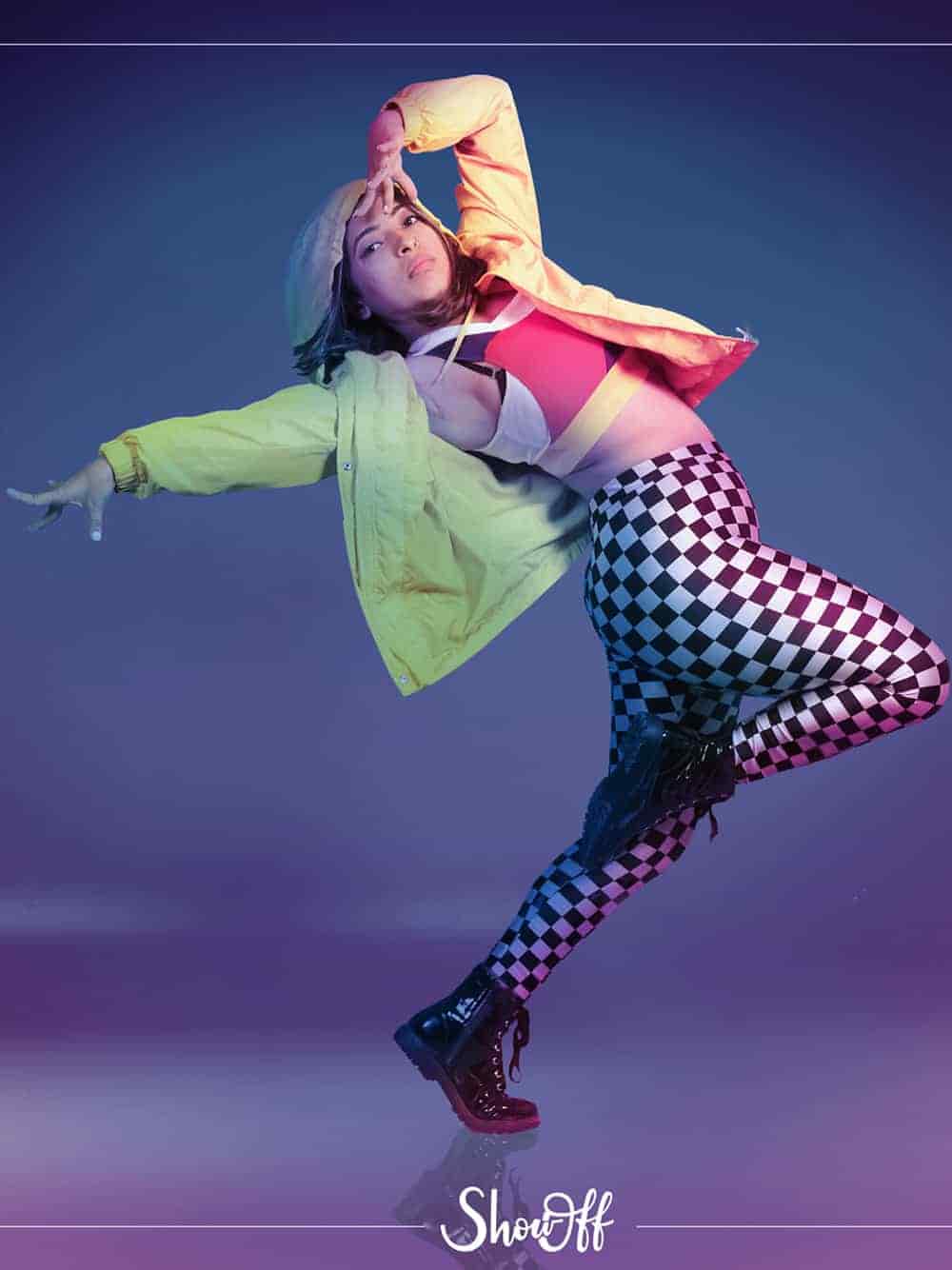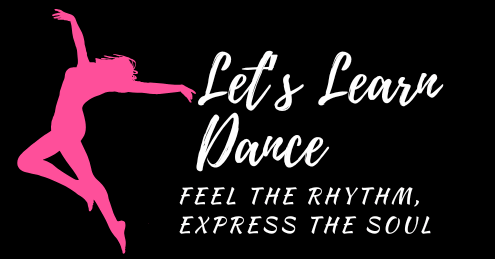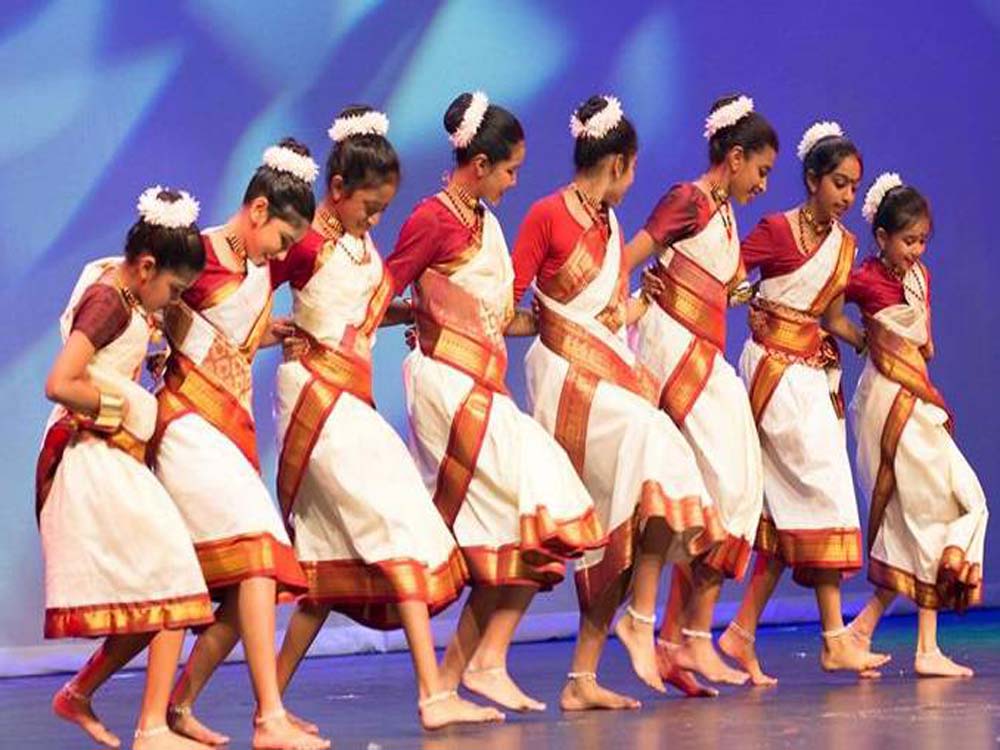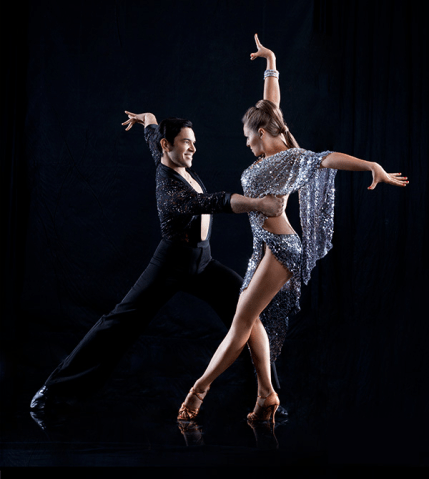
Top 7 Basic Dance Moves Everyone Should Learn
Developing competency in a few crucial dance moves may boost your confidence, coordination, and ability for enjoying at any club, party, or social function. Here are 10 essential dance moves which everyone should learn, no matter their knowledge degree. These techniques are relatively easy for anyone to master and act as the foundation for many styles. Dance is a timeless form of expression that channels rhythm, emotion, and imagination across all cultures. Learning some easy dance moves can help you stay more organised and secure, whether you’re getting prepared for a party or another social event or you just want to move better to music. These 10 dance moves are important for everyone to know:
- Two-Step
The two-step stands as one of the simplest yet most widely embraced dance moves across the globe. This step is a great spot to start for anyone learning to dance due to it being easy but flexible. The Two-Step, that is utilised in a range of dance styles, involving hip-hop, country, and even social freestyle, increases rhythm, coordination, and confidence on the dance floor. Basically the Two-Step is made up of taking two steps in a particular pattern, basically timed to a stable beat. Depending on the kind of music and dance being performed, it basically had a quick-quick-slow rhythm or even a slow step-touch beat. You can make the Two-step energetic and full of personality or relaxed and subtle, that is what made it so elegant. The “Texas Two-Step,” which earned recognition in American honky-tonks, has a kind of country-western dance which is the roots of the two-step.
- Box-Step
A conventional and crucial dance step, the box step acts as the starting point for many ballroom dances, especially the foxtrot, rumba, and waltz. Named for the square-shaped pattern it creates on the floor, the ‘box step’ is a classic in partner dancing. Developing competency in the box step will significantly improve your rhythm, balance, and coordination, no matter your degree of knowledge. While it can be practiced independently, the box step is typically executed in pairs, with a leader and a follower. It can be performed in place or while moving across the floor, and it is made up of six steps that are repeated in a cycle. Throughout the dance, both individuals maintain a mirrored movement, with one proceeding forward and the other backward. Smooth and graceful dancing relies heavily on timing and coordination between partners to stay in sync.
- Step Touch
One of the most crucial and often used dance techniques in a variety of dance styles, especially in pop, jazz, aerobic, hip-hop, and social dancing, is the step-touch. Due to its simplicity of usage, flexibility, and rhythmic flow, it’s often one of the first moves taught to beginners. Regardless of becoming effortless to learn, it offers numerous possibilities for expression, direction, and style. The step-touch begins with a side step, followed by tapping the opposite foot next to the lead foot – a simple yet essential move. A side-to-side rhythm is then generated through reciting this action in the opposite direction.
- Grapevine
Line dancing, aerobics, jazz, folk, ballroom and social dances are only a few of the dance styles that use the grapevine, an essential and well-known dance step. It is valued for its fluid rhythm, side-to-side action, and straightforward adaptability, which render it perfect for dancers of all ability levels. Regardless of its simple appearance, the grapevine can be styled in a number of ways that reflect the dancer’s personality and the music. The grapevine is primarily a downward four-step movement. The dancer begins by making the right steps to the right. The next move involves sliding the left foot behind the right in a smooth cross-step. Next, step the right foot out once more, then bring the left foot in to meet it, completing the sequence. The grapevine on the right has been given one complete count. Step left, cross right foot behind, step left again, and close right foot to left to reverse the move to the left.
- Baby Roll
A basic body movement used in numerous dance styles, especially hip-hop, urban, and freestyle dancing, is the baby roll. This type of body roll, that highlights fragile, controlled motion, is often among the first roll techniques taught to beginners. In this workout, particular body parts – basically the knees, hips, and chest – are disconnected and then collapsed in a kind, wave-like action. The Baby Roll is an easy concept which may be powerful when performed confidently with timing and rhythm. The Baby Roll originated as an element of street and hip-hop dance vocabularies instead of being linked with a specific culture, or time period. It earned recognition because of its versatility, style, and skill to teach dancers body control. It is used through dancers in warm-ups, choreography, freestyling, and even as an alteration of current between more challenging routines.
- Shoulder Shimmy
The shoulder shimmy is a classic, expressive move where the shoulders alternate in quick, rhythmic pulses to create a lively visual effect. While the concept is easy to understand, acquiring it requires an intense awareness for timing, isolation and body control. Several dance styles like hip-hop, Latin, jazz, Bollywood and belly dance, use this move. The shoulder shimmy, that often operates as an attractive detail or an embellishment in between wider movements, provides a dancer’s performance flair, energy and character. A dancer isolates the upper body while keeping the lower body and hips inactive to do an easy shoulder shimmy. A visual effect of shaking or vibrating is generated through the shoulders proceeding in opposite ways, in one shoulder driving forward and the other dragging back. Rather than bouncing the full body or flaring the arms, the motion should come from the muscles associated with the shoulder and upper back. When executed rapidly or in moments with the music, this small movement can take on a visually dynamic quality.
- Hip Isolation
A fundamental movement technique used in numerous dance styles to control and distinct hip motion from the rest of the body is known as hip isolation. It is considered as one of the key elements of body control, allowing dancers to move more effectively, effortlessly, and precisely. Keeping the upper body as still and stable as possible, this technique shifts the hips in particular directions like side to side, front and back, or in circular patterns. Hip-Hop belly dance, salsa, Afrobeat, jazz, and contemporary dance belong to the styles which often use hip isolation. The purpose of hip isolation is to bring interest in the movement in that specific area, highlight rhythm, generate clean lines, or provide a routine with more character and sensuality.



